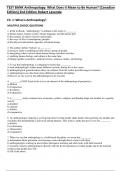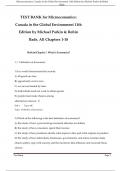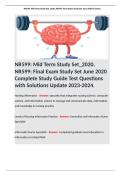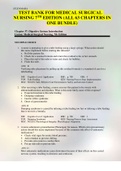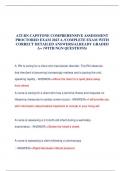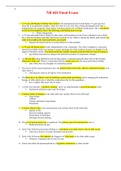Exam (elaborations)
TEST BANK Anthropology What Does it Mean to Be Human? 2nd Canadian Edition by Robert Lavenda, Emily Schultz, Cynthia Zutter, 9780199032563.
- Course
- Institution
Test Bank Anthropology: What Does it Mean to Be Human? 2nd Canadian Edition by Robert Lavenda, Emily Schultz, Cynthia Zutter ISBN: 9780199032563. Anthropology 2ce test bank.
[Show more]
